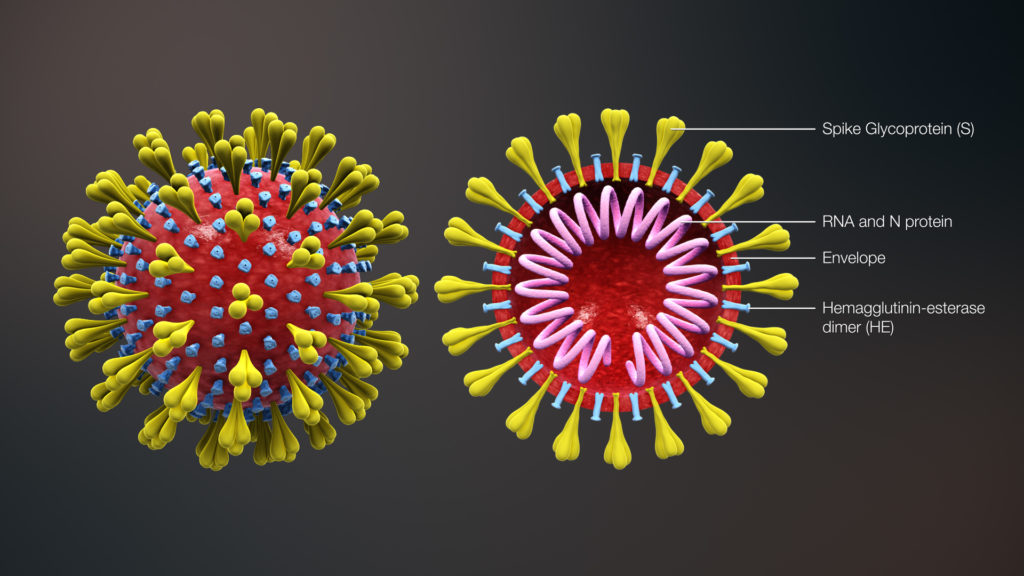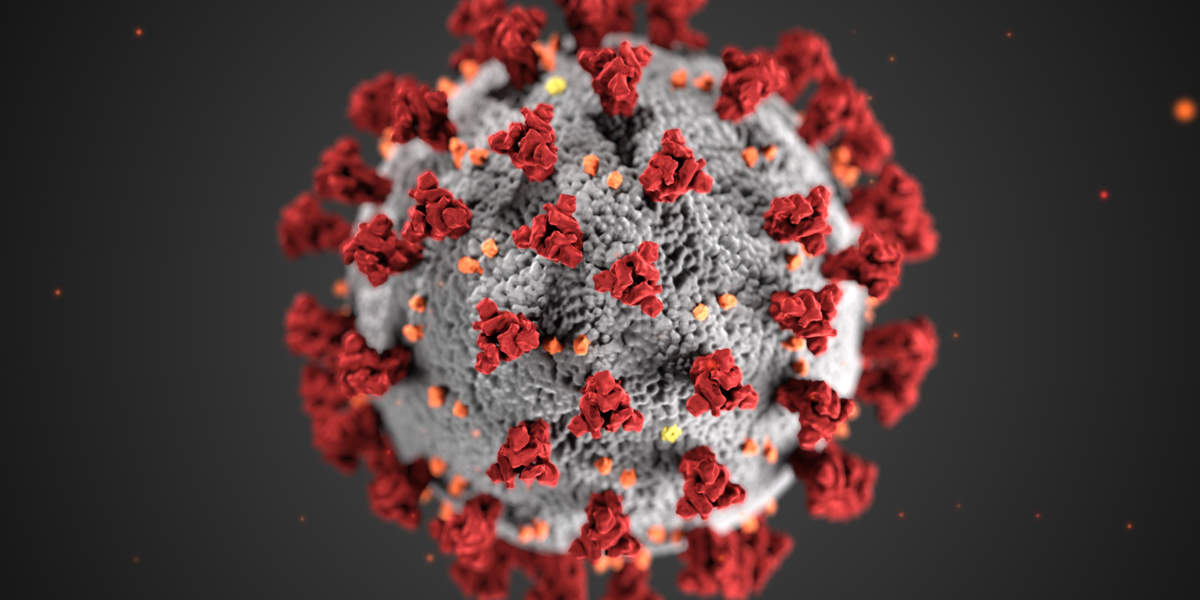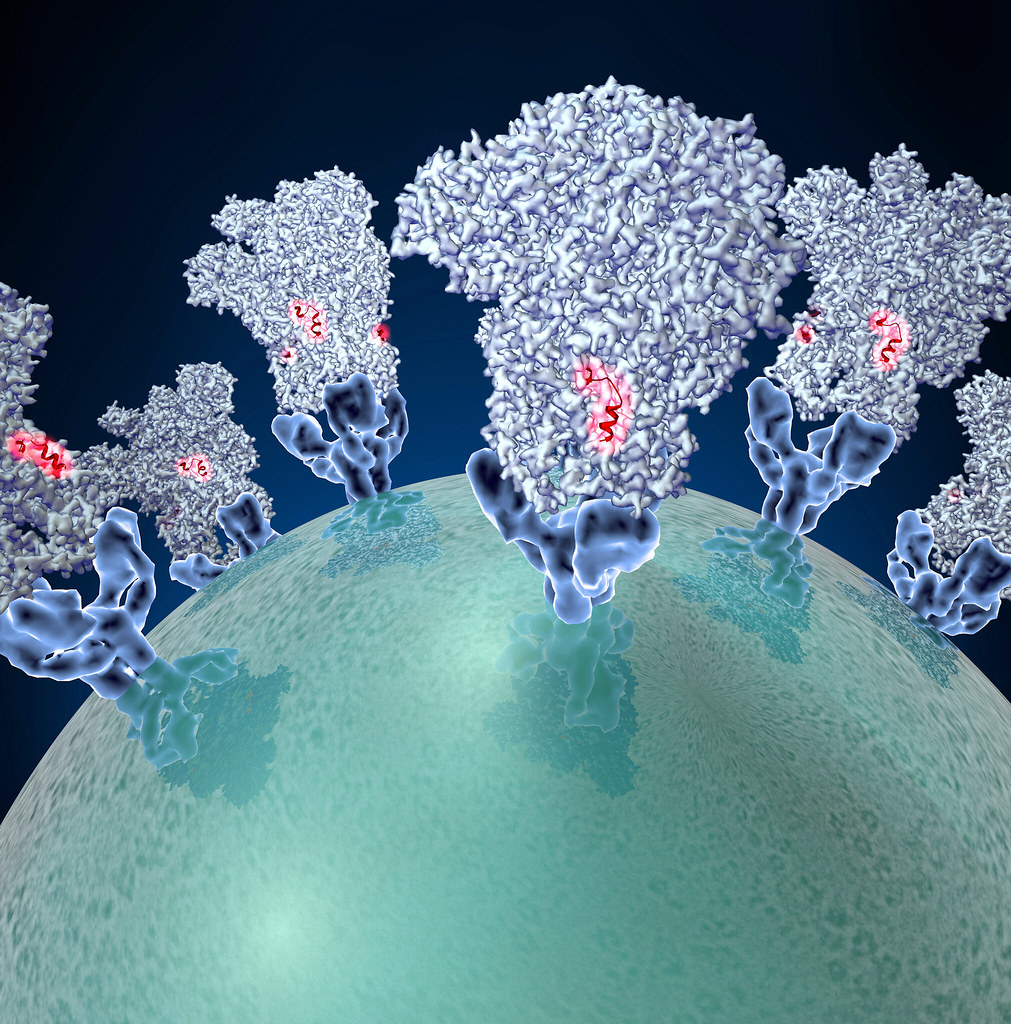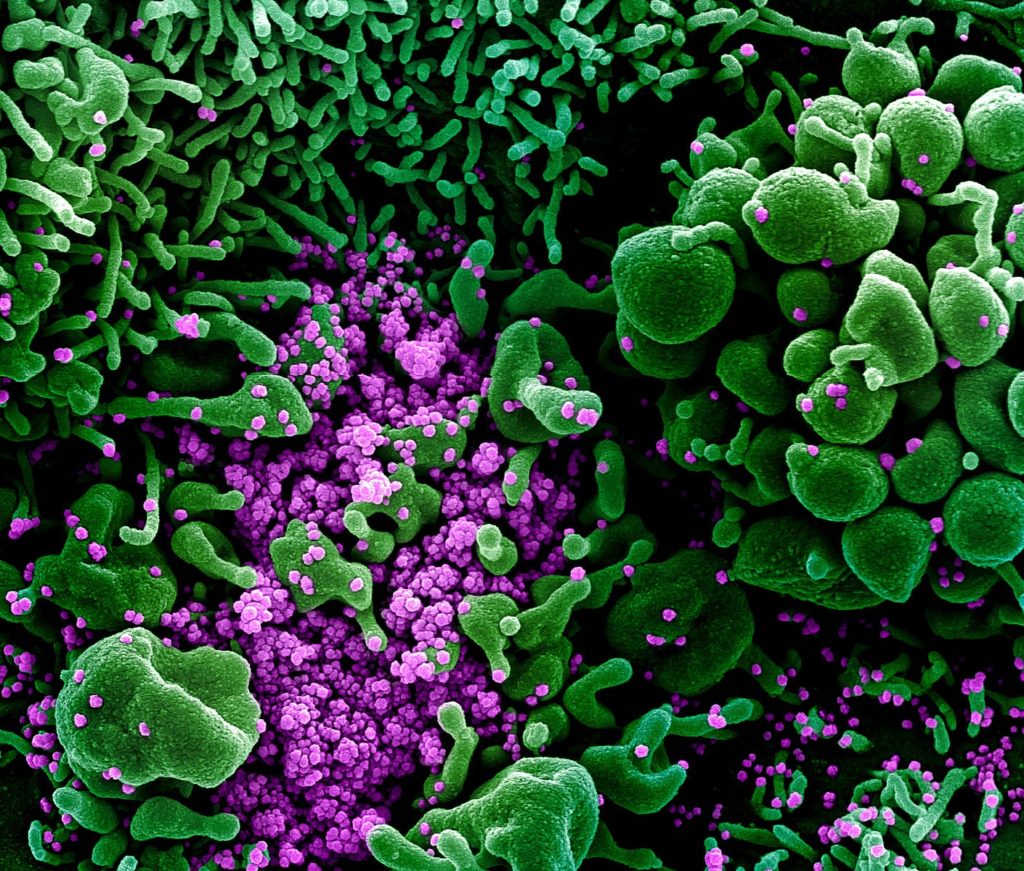Last year the world changed. With modifications to daily life such as wearing masks and attending class online, a lot of what was common became uncommon. More severely, millions of deaths globally shook the world. All of this change and devastation can be attributed to a coronavirus variant that was shockingly good at two things… 1.) Stability outside of cells 2.) Breaching the lower respiratory tract. A few questions must be understood as to why this virus is so effective in its affinity towards destruction. First, How does COVID-19 penetrate a cell? How does COVID 19 replicate? Finally, why is COVID-19 able to survive outside of a cell so well?
With regards to cellular penetration, Coronavirus has two main parts in order to enter a cell. The first part is the use of its spike-like proteins to bind to the outside of a cell, otherwise known as the cell’s surface receptors. This spiky outer layer of the coronavirus makes it easily bindable to a number of human cells. After an initial bind between the coronavirus and the cell’s surface receptors, the coronavirus is absorbed into the inside of the cell, analogous to the way an amoeba absorbs an organism. The second part of this process involves what is called protein priming. Before entering the cell, coronavirus primes the S protein through the host cell’s proteases. From there, the S protein allows for ACE-2 binding which can be thought of as the mode for physically transporting the coronavirus into the cell. The current variant of Coronavirus is exceptionally dangerous because its spike proteins are able to attach to cells in the lower respiratory tract, a very vulnerable system in many humans.
Once in the cell, coronavirus seeks to reproduce. In order to reproduce, Coronavirus seeks out ribosomes to make copies. The viral molecule carries the blueprint on how to convert RNA into more RNA via creating a polymerase. This polymerase reproduces the genetic RNA genome and ultimately forces the ribosomes to produce more Coronavirus molecules. Because there are millions of ribosomes in every human cell, it does not take long for this process to occur. One of the key modes of trying to treat people with extreme cases is medicine that targets this polymerase. The drug fakes out the polymerase into replicating genomic material that will not lead to greater virus production.

Finally, Coronavirus is exceptional at surviving outside of the cellular environment. It has been noted that in the right conditions (humid), coronavirus can survive on a given surface anywhere from a few hours to 9 days. On paper, the virus may only survive for a few hours while on glass, the virus can exist for 5 days. Why Coronavirus is able to survive on these surfaces relates back to its spike proteins. These proteins act as armor in protecting the genomic material inside the virus. If this armor is broken, the genome of the virus is spilled out as well the virus no longer having a physical form.
Understanding is the first step in disarming. By having a better understanding of how coronavirus binds and enters into cells, replicates, and survives in outside environments, better strategies to prevent the spread of this dangerous virus can be better developed.
Featured image from the NIH.


